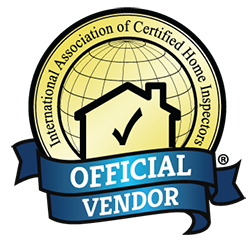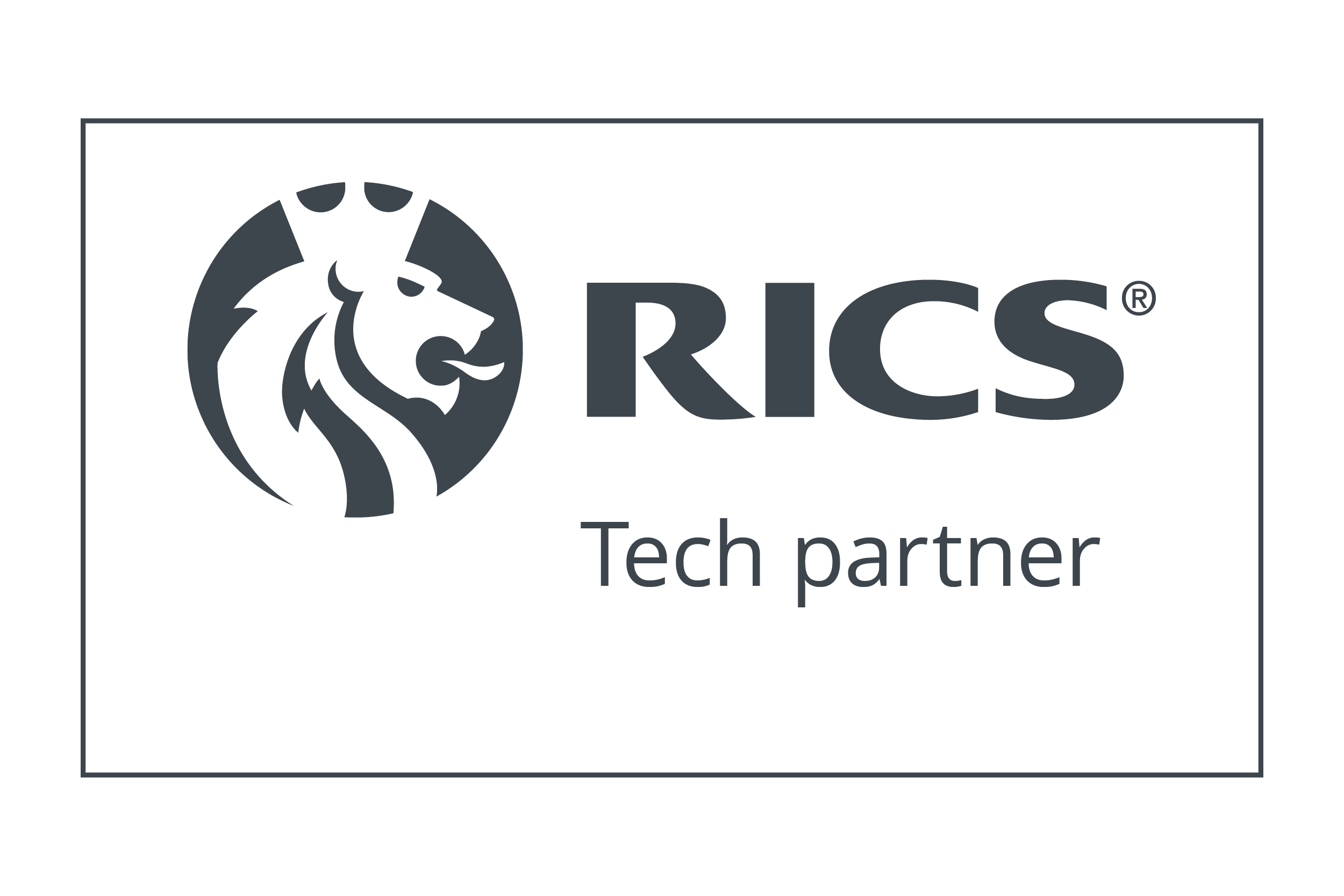Legionella bacteria can cause Legionnaires’ Disease, a serious condition that has symptoms similar to pneumonia and has the potential to be fatal. While dangerous, it cannot be passed from one person to another. Instead, it is caught when a person breathes in water droplets that are contaminated with the bacteria. Seniors and people with compromised immune systems or other illnesses are more susceptible.
This bacteria is a serious concern for property owners and managers for both residential and commercial properties. As a property owner or manager, you’re responsible for the health and safety of your tenants, and this obligation includes keeping them safe from Legionnaires’ Disease while they are in your property.
The Legionella Risk Assessment
A property risk assessment for legionella focuses on water first because contaminated water sources play a crucial role in the spread of the bacteria. For the water risk assessment, you’ll need to look at water temperatures and conditions. Legionella generally thrives in temperatures of 68 to 133 degrees F if it has ample food sources, which include algae, scale, rust and sludge.
Take a close look at all your water sources and systems for signs of hazards and other conditions that could contribute to the growth of legionella on your property. If you have any concerns or are unsure about what you are seeing, you might need to bring in professionals to help keep your tenants safe and limit your liability.
Overall, your risk assessment for this dangerous bacteria should include all these goals:
• Identifying and assessing all sources of risk.
• Preparing a plan of action for controlling and/or preventing the risk.
• Implementing and managing your action plan, which includes appointing someone to be responsible for it.
• Keeping detailed records of everything you’ve done and checking what you’ve done to see if it’s effective.
• Notifying any authorities if necessary or required by law.
Generally, if your property has regular water usage via a smaller, domestic-type system, your assessment is more simple because the risk is higher in bigger, shared water systems or on a property where water has not been use for some time. You can reduce the risks posed by stagnant water by periodically turning on all faucets and water-using appliances to flush systems when your property is vacant.
You can also help prevent this bacteria from thriving in your properties by educating your tenants on water hygiene and any basic maintenance services they are responsible for when it comes to water. By making your tenants more knowledgeable in this area, you’re installing a first line of defense against Legionnaires’ Disease.











